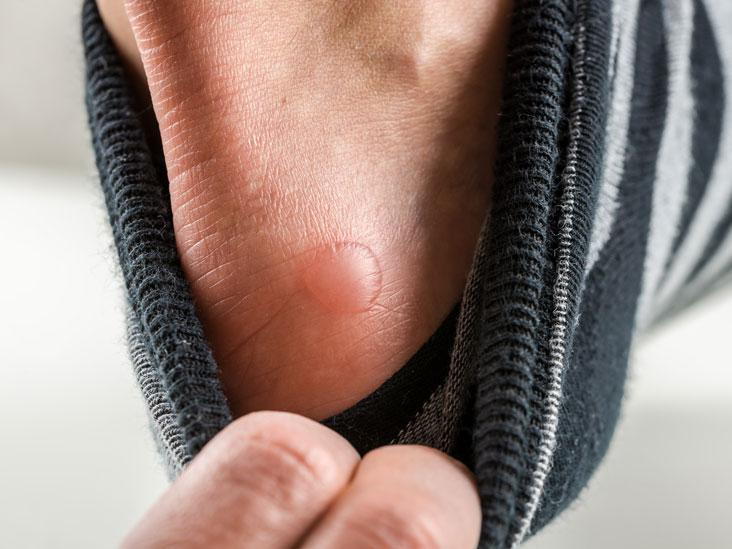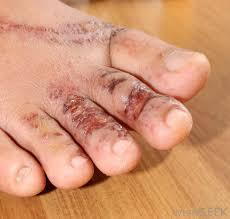PODIATRIST DISCUSSES BULLOSIS DIABETICORUM
posted: Sep. 14, 2020.

"A diabetic blister, also known as bullosis diabeticorum or diabetic bullae, is a fluid-filled pocket formed in the upper layer of the skin," explains board-certified podiatric surgeon Miguel Cunha, DPM, founder of Gotham Footcare in New York City. "It looks similar to a blister caused by a burn, but without the related pain." The fluid inside the blister is clear and typically harmless, adds Dr. Cunha, but can lead to bleeding or turn to pus if the blister becomes infected. Most commonly found on the toes, feet, and legs, diabetic blisters also occasionally form on the fingers, hands, and forearms.
 |
| Dr. Miguel Cunha |
"Diabetic blisters generally heal on their own within a few weeks," says Dr. Cunha. The key is to leave them alone and allow the body to do the work for you. "To avoid infection and speed up recovery, you shouldn't poke, pop, or peel the blister," Dr. Cunha says. "Instead, keep it clean with soap and water and change your socks a few times a day. Keeping your blood sugar levels controlled will also speed the healing process."
Source: Alyssa Sybertz, The Healthy [9/10/20]
Courtesy of Barry Block, editor of PM News
